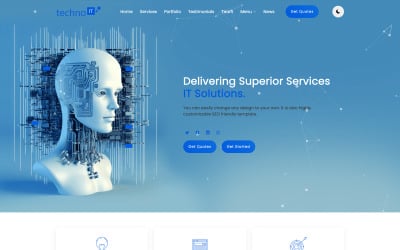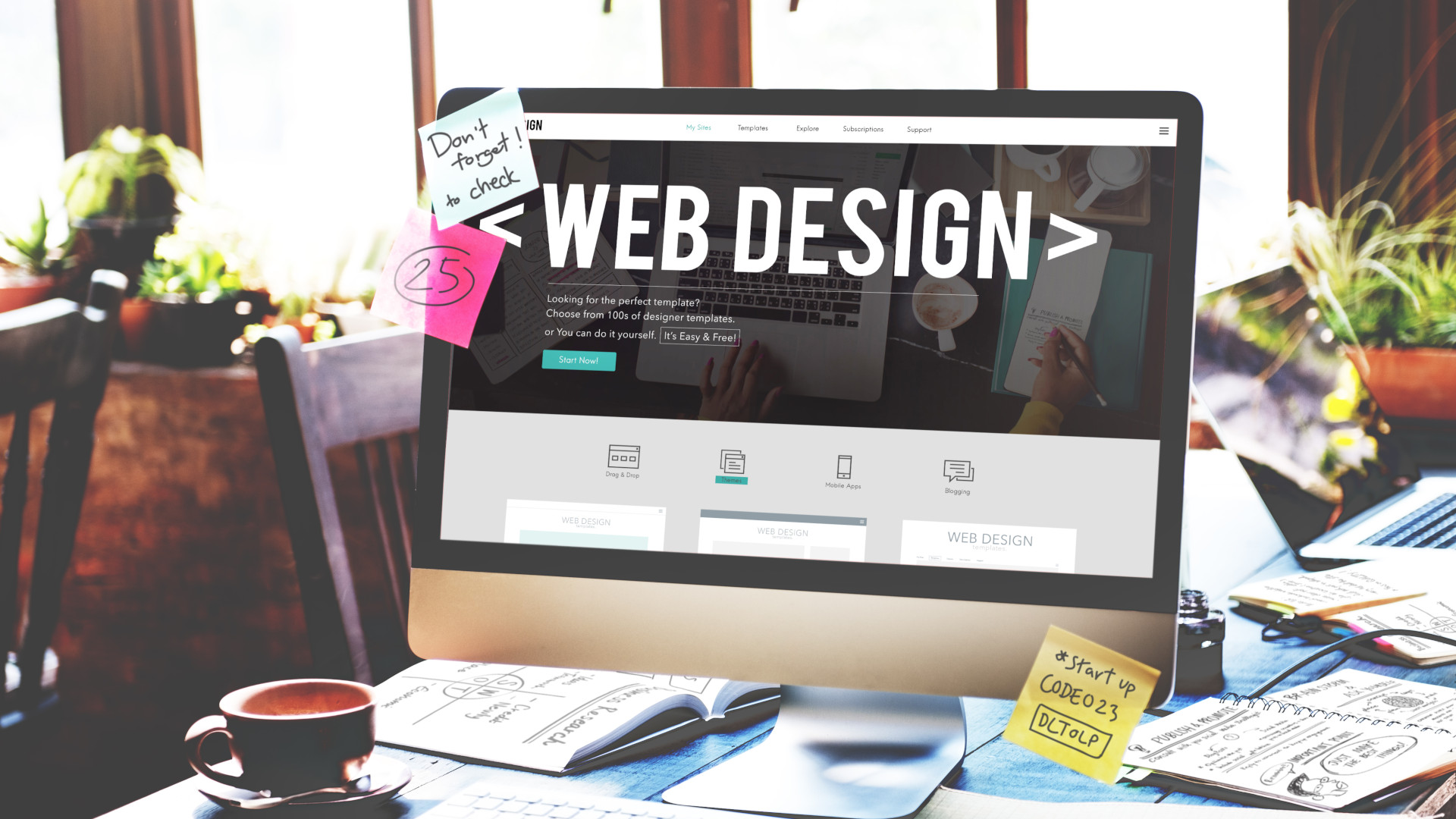Innovative Website Design with Focus on Functionality
Wiki Article
Top Tips for Producing an Impactful Site Layout That Transforms
In today's digital landscape, the value of an impactful web site layout can not be overstated, particularly when it comes to converting site visitors into clients. To attain this, one must think about a selection of factors, including comprehending the target audience, prioritizing user experience, and maximizing for mobile systems. Furthermore, the tactical use compelling call-to-actions and a well-defined visual pecking order plays an important role in leading customers with their journey. As we discover these crucial aspects, it becomes obvious that the success of your web site depends upon more than simply looks; it requires a thoughtful approach to design and performance.
Understand Your Target Target Market
Recognizing your target market is essential to reliable website style, as it prepares for developing an appealing individual experience. Recognizing that your individuals are, including their demographics, preferences, and habits, allows designers to customize the internet site's web content, design, and capability to satisfy specific needs.Carrying out extensive market research is critical in this process. Studies, interviews, and analytics can offer important insights into customer assumptions and pain points. By assembling this information, designers can develop customer identities that stand for different sections of the audience, guaranteeing that design decisions are informed and relevant.
In addition, understanding the target market assists in choosing appropriate style components such as color design, typography, and images that resonate with customers. An internet site that talks straight to its target market cultivates a feeling of link and depend on, urging longer brows through and higher conversion prices.
Eventually, a user-centered approach to website design not only boosts customer fulfillment however additionally sustains organization objectives by driving engagement and commitment. By prioritizing the requirements and choices of the target audience, a site can efficiently offer its objective and attain wanted outcomes.
Prioritize User Experience
To enhance the total performance of an internet site, prioritizing customer experience (UX) is vital (Website Design). A properly designed UX guarantees that visitors can navigate the site effortlessly, find information swiftly, and engage with material meaningfully. This brings about boosted individual fulfillment and greater conversion pricesBegin by carrying out intuitive navigating. Menus must be practically structured, allowing individuals to situate crucial areas of the site with very little effort. Consistency in style elements, such as color design and typefaces, cultivates knowledge, which is critical for maintaining user involvement.
In addition, think about the filling speed of your site. A delay of just a couple of secs can bring about significant drop-offs, as users are much less most likely to wait on a slow-loading page. Improving photos and enhancing code can boost performance and retain site visitors.
By prioritizing customer experience, you not just create a more pleasurable atmosphere for visitors but likewise enhance your brand's reputation. Ultimately, an emphasis on UX is a financial investment in official statement the lasting success of your internet site.
Maximize for Mobile Gadgets
Enhancing for mobile gadgets is essential in today's electronic landscape, where an enhancing number of individuals gain access to internet sites via smartphones and tablet computers. A mobile-friendly design not only enhances individual experience yet additionally plays a significant duty in boosting search engine rankings. To attain this, it is vital to embrace a responsive style that instantly readjusts to different display sizes and orientations.
Filling speed is an additional critical factor; mobile users are generally less individual and anticipate fast access to details. By focusing on mobile optimization, you make certain that your internet site continues to be competitive and effectively engages a wider target market.
Use Engaging Call-to-Actions
An internet site's efficiency frequently hinges on its capability to lead site visitors towards preferred activities, making compelling call-to-actions (CTAs) crucial parts of layout. CTAs work as the critical factors that guide customers to involve with the site, whether that suggests buying, enrolling in an e-newsletter, or downloading a resource.To create effective CTAs, clearness is vital. Use succinct language that clearly communicates the activity you desire the user to take. Expressions such as "Start," "Join Free," or "Store Now" not only convey urgency but also get rid of uncertainty. The positioning of CTAs is just as vital; they ought to be purposefully positioned throughout the website to guarantee they are conveniently visible, especially in high-traffic areas.
In addition, take into consideration utilizing directional hints, such as arrowheads or pictures, to guide users towards these buttons. By focusing on these components, businesses can substantially enhance customer involvement, driving conversions and inevitably achieving their website's goals.
Concentrate On Visual Power Structure
Efficient internet site style relies heavily on a well-structured visual pecking order that guides customers with web content flawlessly. By arranging aspects in a way that focuses on details, developers can boost individual experience and facilitate decision-making. This includes utilizing dimension, shade, contrast, and spacing tactically to draw focus to the most Clicking Here important components of a website.Using bigger typefaces for headings and subheadings establishes a go clear difference in between different sections, allowing users to check content effortlessly. In addition, utilizing different colors for switches and calls-to-action can record user focus and motivate interaction. Whitespace is another necessary component; it stops mess and enables users to concentrate on vital messages without interruptions.
Photos and graphics should complement the message while also sticking to the well established pecking order, strengthening the general message (Website Design). Uniformity in design components, such as color design and typography, further strengthens the aesthetic pecking order, making navigation user-friendly

Verdict
In conclusion, effective site design necessitates a detailed understanding of the target audience, prioritization of user experience, and mobile optimization. Eventually, a well-executed web site style offers as an essential element in driving customer actions and achieving service purposes.Report this wiki page